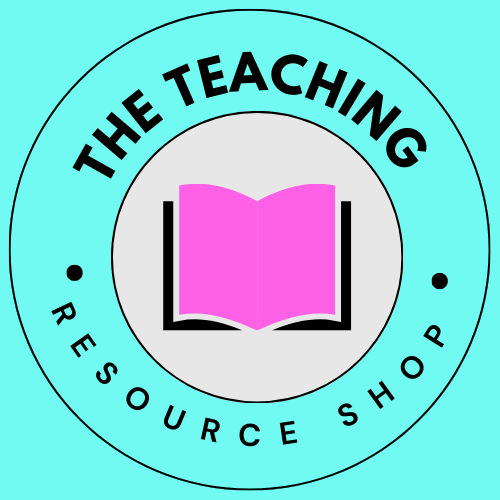Diary: My Story Of Becoming An ESL Teacher
I was inspired by the power of language and a desire to connect with people from different cultures, I embarked on a journey to become an ESL teacher.
With unwavering determination, I pursued a degree in education and immersed myself in various teaching methodologies. Eager to gain practical experience, I regularly volunteered at language schools and taught community classes.
Over the years, my dedication and commitment to their students led to remarkable growth as an ESL teacher. I encountered various challenges, but each obstacle allowed me to learn and refine my teaching skills. I developed a deep understanding of students' needs, cultural sensitivities, and effective teaching techniques tailored to individual learners.
As time passed, my reputation as an experienced and successful ESL teacher flourished. I helped countless students achieve their language goals, and my classes were always filled with laughter, enthusiasm, and a genuine love for learning. I was always able to create a warm and inclusive classroom environment throughout my teaching career.
What advice would I give a new ESL teacher?
When approached by a new teacher seeking advice, I emphasized the importance of three fundamental principles:
1. Patience and Empathy: Understand that students learn at their own pace and face unique challenges. Be patient and empathetic, adapting teaching strategies to cater to individual needs. Building a supportive and inclusive classroom community fosters an optimal learning environment.
2. Continuous Professional Development: Never stop learning. Stay updated on the latest teaching methodologies. Self-reflection is critical, and seek feedback from colleagues and students to improve your teaching skills continually. Participate in workshops, conferences, and seminars.
3. Cultural Sensitivity: Recognize and celebrate the diversity within your classroom. Embrace different cultures, languages, and perspectives. Design a safe space for students to express themselves and share their experiences.
